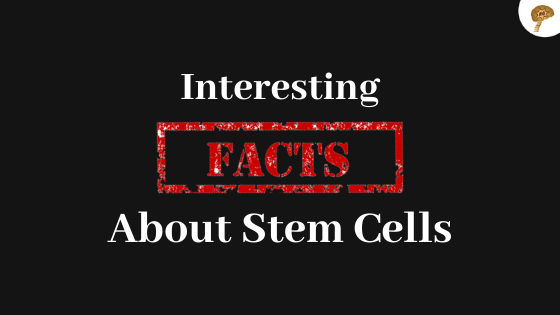
The miraculous healing of the body tissues and cells, with stem cells acting as a regenerative medicine, is interesting. Stem cells have made a niche for themselves as a natural way of treating the symptoms of numerous neuromuscular disorders such as autism, muscular dystrophy, cerebral palsy, and spinal cord injury.
Stem cells are present in various body tissues such as the bone marrow, and umbilical cord blood. They are in an inactive form, but when extracted and treated they gain the unique ability to divide and differentiate to develop into another stem cell or specific cell types such as the brain cell and muscle cell. For the healing process, they efficiently replace the damaged cells and renew themselves for a long period.
Types of Stem Cells
Embryonic Stem Cells: Embryonic stem cells are isolated from an embryo which is just a few days old. They can develop into any cell of the body. Due to ethical reasons (religious reasons and rights of an embryo) their isolation has received a red flag. As these stem cells have unlimited developmental potential, their use in treatment has a tumorigenic tendency.
Adult Stem Cells: The stem cell found in the bone marrow are a preferred choice for cell therapy. Due to their enormous regenerative potential, cell therapy with adult stem cells can treat a myriad of degenerative diseases of the nervous system and muscles.
Umbilical Cord Stem Cells: The umbilical cord (of a newborn baby) is rich in hematopoietic stem cells.They are suitable for generating red blood cells and white blood cells and are used for treating blood-related disorders including leukemia and anaemia. Umbilical cord blood is collected and stored in a cord blood bank.
Due to their unique differentiation and regenerative potential, autologous mesenchymal stem cells are preferred by neurologists for cell treatment. Their immune-modulating mechanisms have triggered their use in treating immune disorders.
Interesting Facts About Stem Cell Management With Autologous Stem Cells
For an autologous therapy, stem cells are isolated from the patient’s bone marrow and then infused into the spinal area or the faulty muscle points depending on the needs of the individuals. They have the potential to differentiate into various tissue-specific types and the ability to create an immunomodulatory environment to minimize/halt the damage caused by inflammation. They aid in the restoration of damaged tissues through various mechanisms such as the reparative and regenerative processes through immunomodulation and differentiation.
Cell therapy has helped to improve the quality of life of patients. When intrathecally introduced into the body, they migrate towards the site of injury releasing the necessary growth factors that help in repairing the damaged cells and tissues. The regenerating of new cells prevents the deterioration of the tissue or cells and the progression of the disease.
The results are however not instantaneous but, improvements are seen when collaborated with rehabilitation therapies. Cell therapy is a new ray of hope for those with neuromuscular disorders.








